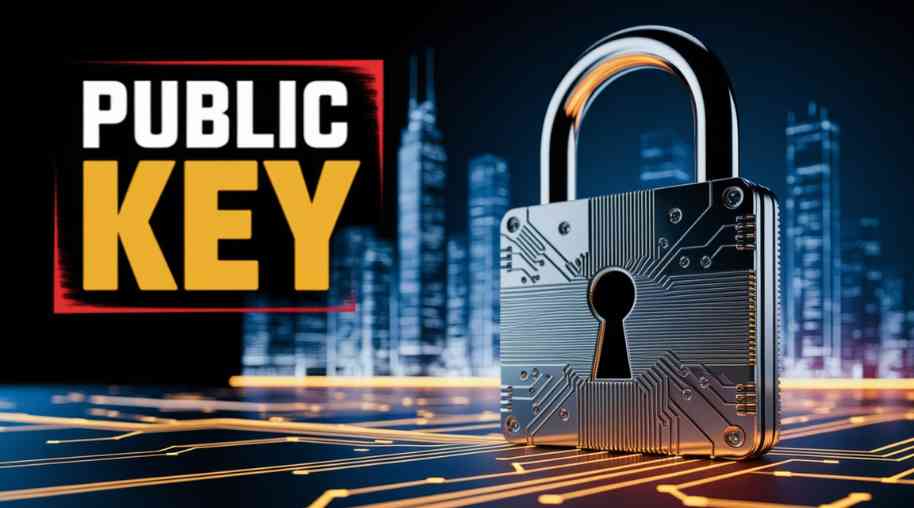PKI Full Form-Public Key Infrastructure
by Shashi Gaherwar
0 1733
Public Key Infrastructure: Ensuring Secure Digital Transactions
Public Key Infrastructure (PKI) is a cryptographic framework that secures digital communications through encryption and authentication, protecting sensitive data in transactions, emails, and websites from cyber threats.

This article explores the components, workings, benefits, applications, challenges, and future of PKI.
What is Public Key Infrastructure (PKI)?
PKI is a system using digital certificates and cryptographic keys (public and private) to ensure secure communication, managed by a Certificate Authority (CA) to authenticate digital identities.
Key Components of PKI
PKI includes:
- Certificate Authority (CA): Issues and manages digital certificates.
- Registration Authority (RA): Verifies user identities for CAs.
- Digital Certificates: Verify identities of users, devices, or organizations.
- Public and Private Keys: Enable encryption and authentication.
- Certificate Revocation List (CRL): Tracks invalid or revoked certificates.
- PKI-enabled Applications: Support secure transactions (e.g., SSL/TLS, email encryption).
How PKI Works
PKI uses asymmetric encryption with:
- Public Key: Encrypts data, shared openly.
- Private Key: Decrypts data, kept confidential.
Process:
- Certificate Request: User applies for a digital certificate from a CA.
- Identity Verification: CA confirms applicant’s identity and issues certificate.
- Encryption/Authentication: Public key encrypts data; private key decrypts it.
- Secure Communication: Ensures trust and security for websites, emails, and transactions.
Benefits of PKI
PKI offers:
- Security: Strong encryption protects against cyber threats.
- Authentication: Verifies identities, reducing fraud.
- Data Integrity: Prevents tampering with transmitted data.
- Confidentiality: Encrypts communications for authorized access only.
- Compliance: Meets data protection and cybersecurity regulations.
- Scalability: Supports large-scale applications in banking, government, and enterprises.
Applications of PKI
PKI is used in:
- SSL/TLS Certificates for HTTPS website security.
- Email encryption to prevent unauthorized access.
- Digital signatures for authenticating documents.
- Securing online banking and e-commerce transactions.
- Identity verification for organizational access control.
- Safeguarding IoT devices and smart systems.
Challenges and Limitations
Challenges include:
- Complex Implementation: Requires expertise for secure deployment.
- Certificate Management: Involves ongoing renewal and revocation.
- Key Compromise: Stolen private keys undermine security.
- Scalability Issues: Large deployments demand robust infrastructure.
Future of PKI
PKI is evolving with:
- Quantum-safe cryptography to counter advanced threats.
- Decentralized identity management via blockchain.
- Enhanced AI-driven threat detection for robust security.
Public Key Infrastructure is essential for secure digital transactions, ensuring authentication, encryption, and trust. As cyber threats grow, PKI’s role in safeguarding communications remains critical for global digital ecosystems.
Further Learning Resources
If you’re passionate about building a successful blogging website, check out this helpful guide at Coding Tag – How to Start a Successful Blog. It offers practical steps and expert tips to kickstart your blogging journey!
For dedicated UPSC exam preparation, we highly recommend visiting www.iasmania.com. It offers well-structured resources, current affairs, and subject-wise notes tailored specifically for aspirants. Start your journey today!

Share:








Comments
Waiting for your comments